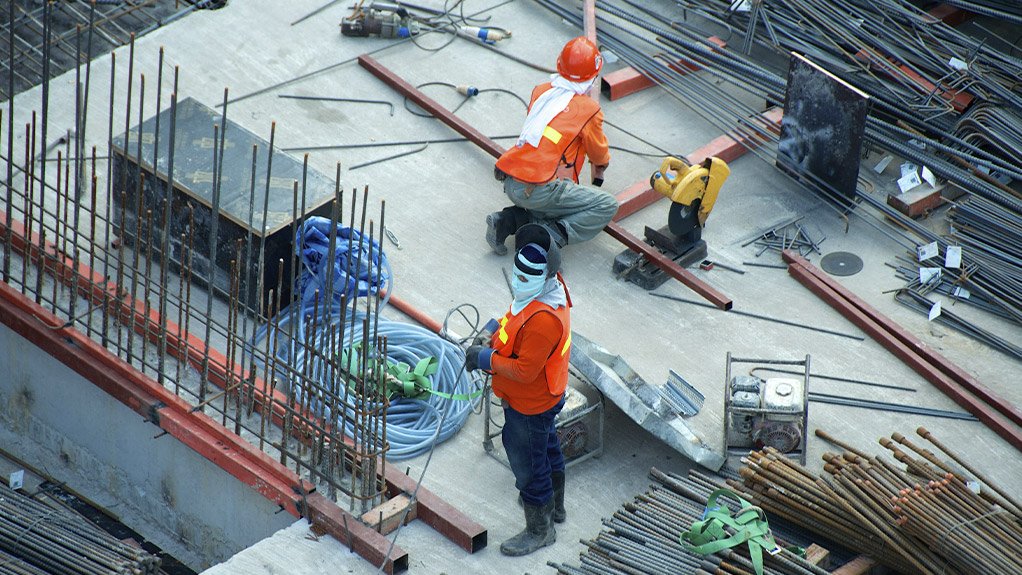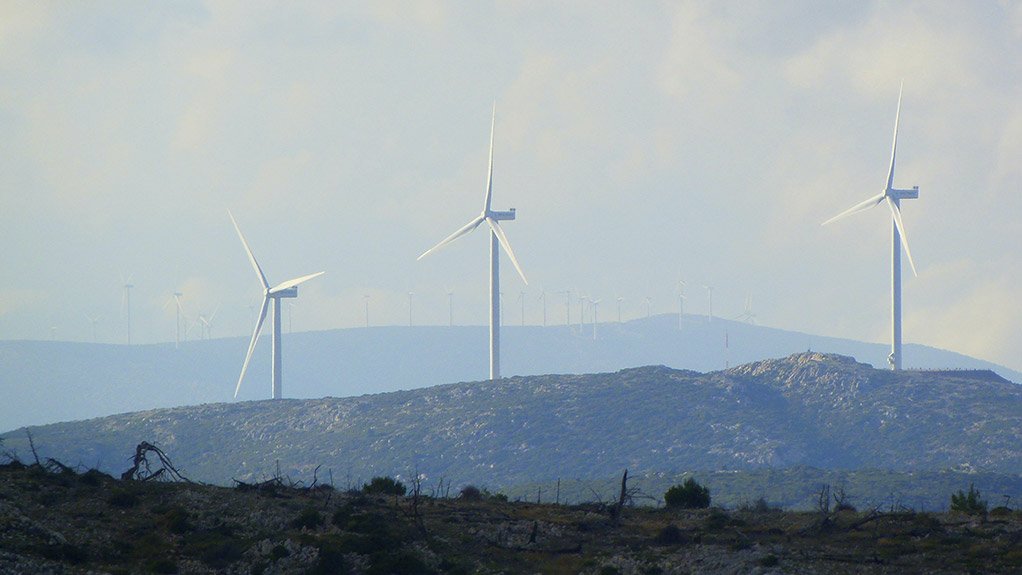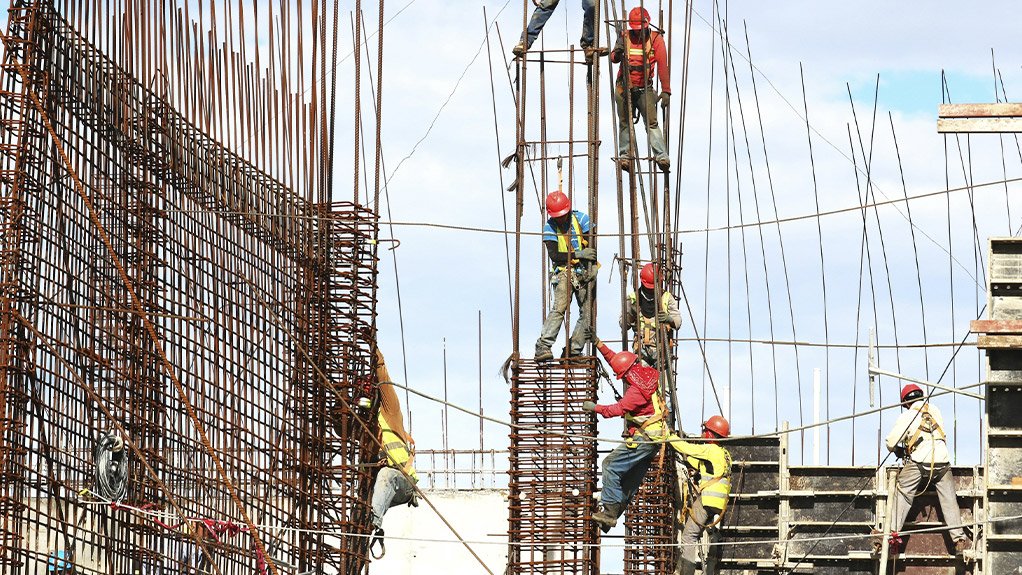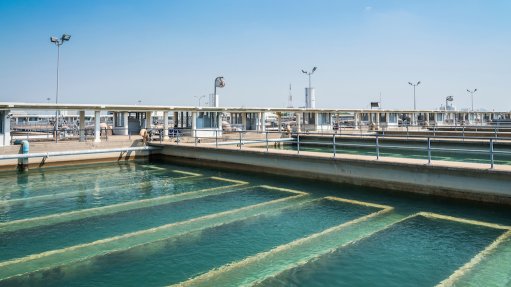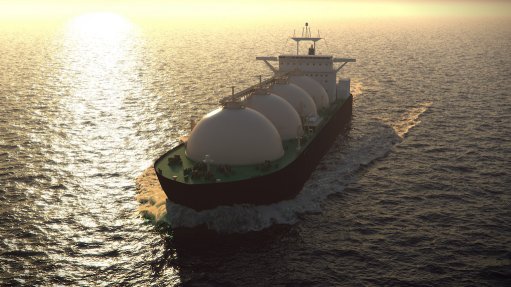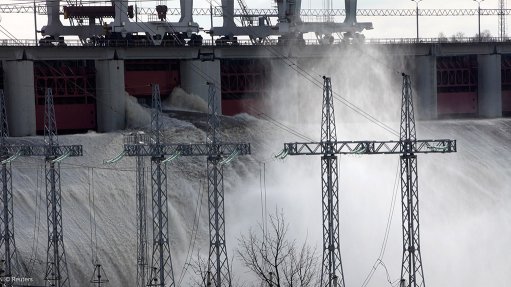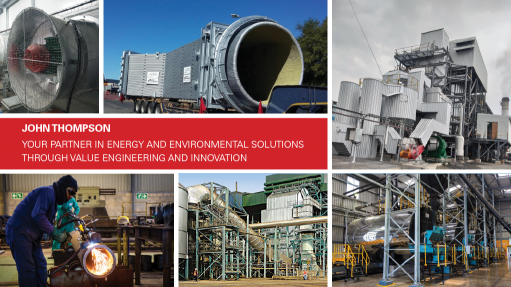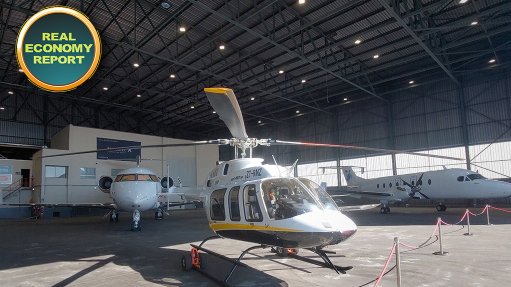Building for Tomorrow: How Collective Bargaining can strengthen climate resilience in South Africa's building industry
This article has been supplied and will be available for a limited time only on this website.
Climate change is one of the greatest challenges of the 21st century, warns the Human Sciences Research Council (HSRC). The UN's latest Intergovernmental Panel on Climate Change (IPCC) report predicts more frequent extreme weather with rising financial costs, posing a serious threat for South Africa's already climate-vulnerable, semi-arid regions.
In construction alone, adverse weather delays 45% of construction projects globally, costing billions each year (Research Gate). In South Africa, the industry faces mounting pressure to adapt, not just through resilient materials and design, but smarter labour practices. The Building Industry Bargaining Council (BIBC) believes that collective bargaining can help to keep construction safe, viable, and economically sustainable.
"Climate change is impacting our industry now," says Danie Hattingh, business spokesperson for the BIBC. In the first six months of 2024, natural disasters cost Africa US$ 0.5bn (approximately ZAR 9 billion) (Munich Re). "From floods that damage transport infrastructure to droughts that halt water-dependent operations, the construction sector is exposed on multiple fronts," continues Hattingh.
Weather disruptions impact every phase of construction from damaged ports and rail lines to delayed supply chains. In vulnerable areas like townships, poor infrastructure turns delays into costly, sometimes indefinite setbacks.
For workers, these disruptions translate into safety risks and potential job insecurity. "Our Collective Agreement acknowledges the reality of these challenges," says Hattingh. "It includes provisions that allow contractors to temporarily lay off workers when weather or material delays make it impossible to continue safely. This gives both parties a framework to manage disruptions without dismantling the entire project team."
Some regions and project types are more exposed than others. Low-lying coastal developments are vulnerable to rising sea levels and flooding, while inland projects are often constrained by water and energy shortages. Sites in areas lacking proper drainage or stormwater management infrastructure are particularly prone to disruption.
The consequences of failing to adapt are severe. "If the industry doesn't embrace climate-resilient practices, we'll see more failed projects, higher insurance premiums, and growing reputational and regulatory risk," warns Hattingh. "Clients and investors are already scrutinising construction firms through an environmental lens."
Forward-thinking design and material innovation are emerging as critical tools in the industry's climate response. Passive design strategies (such as optimising building orientation, increasing ventilation, and incorporating shading) help to reduce dependence on energy-intensive cooling systems. In flood-prone regions, elevated structures and permeable surfaces are mitigating water damage and reducing surface runoff while non-combustible materials and buffer zones helps to mitigate fire spread in high-risk-fire regions.
New technology is also playing a role, helping construction happen quicker and in smarter ways and not just with the building itself but throughout the whole process. Modular and prefabricated structures reduce waste and allow for rapid reconstruction after extreme events. Renewable energy technologies, including solar panels and rainwater harvesting systems, offer off-grid resilience and water security.
"These aren't just aesthetic upgrades, they're economic imperatives," says Hattingh. "By integrating sustainable design into their projects, it promotes economic inclusion, job creation in green technologies, and compliance with international sustainability goals such as the UN's SDGs and the Paris Agreement."
Adapting to climate realities does come at a cost, but the cost of doing nothing is far higher. Firms that continue using traditional materials and processes face escalating operational expenses, insurance liabilities, and reputational damage. Unfit buildings may become uninsurable, energy-inefficient, or even dangerous to occupants.
Fortunately, sustainability and profitability aren't mutually exclusive. Certifications like those offered by the Green Building Council of South Africa (GBCSA) are helping firms unlock tax incentives, enhance resale values, and demonstrate leadership. "We're seeing more businesses embrace this shift, not just to reduce risk, but to remain competitive," Hattingh notes. In addition, green-certified buildings often command higher rental or resale values, particularly in the commercial sector.
Historically, the industry could plan around fairly predictable seasonal weather. That is no longer the case. "We're witnessing increasingly erratic weather patterns, with devastating consequences," says Hattingh. "You can't always foresee a flood that will wipe out access to a building site or a heatwave that makes work conditions unsafe."
This unpredictability directly impacts workers across all provinces. High and low temperature extremes can compromise material performance and endanger crews, making it difficult to schedule projects or maintain consistent employment. While the BIBC's collective agreement provisions offer some protection through structured layoffs and reinstatements, the long-term solution lies in creating more stable, resilient working conditions through planning, technology, and investment in climate-proof construction.
Ultimately, the benefits of climate adaptation extend far beyond compliance, they shape the kind of society we're building. More durable structures mean safer communities. Smarter building systems reduce our environmental footprint. And inclusive green technologies create jobs, drive innovation, and build resilience.
"The construction industry doesn't just respond to climate change, it shapes how we live with it," says Hattingh. "We encourage industry leaders, contractors, and stakeholders to collaborate on how collective agreements can support greener, safer, and more resilient building practices. Together, we can build a future that withstands both environmental and economic pressures."
Comments
Press Office
Announcements
What's On
Subscribe to improve your user experience...
Option 1 (equivalent of R125 a month):
Receive a weekly copy of Creamer Media's Engineering News & Mining Weekly magazine
(print copy for those in South Africa and e-magazine for those outside of South Africa)
Receive daily email newsletters
Access to full search results
Access archive of magazine back copies
Access to Projects in Progress
Access to ONE Research Report of your choice in PDF format
Option 2 (equivalent of R375 a month):
All benefits from Option 1
PLUS
Access to Creamer Media's Research Channel Africa for ALL Research Reports, in PDF format, on various industrial and mining sectors
including Electricity; Water; Energy Transition; Hydrogen; Roads, Rail and Ports; Coal; Gold; Platinum; Battery Metals; etc.
Already a subscriber?
Forgotten your password?
Receive weekly copy of Creamer Media's Engineering News & Mining Weekly magazine (print copy for those in South Africa and e-magazine for those outside of South Africa)
➕
Recieve daily email newsletters
➕
Access to full search results
➕
Access archive of magazine back copies
➕
Access to Projects in Progress
➕
Access to ONE Research Report of your choice in PDF format
RESEARCH CHANNEL AFRICA
R4500 (equivalent of R375 a month)
SUBSCRIBEAll benefits from Option 1
➕
Access to Creamer Media's Research Channel Africa for ALL Research Reports on various industrial and mining sectors, in PDF format, including on:
Electricity
➕
Water
➕
Energy Transition
➕
Hydrogen
➕
Roads, Rail and Ports
➕
Coal
➕
Gold
➕
Platinum
➕
Battery Metals
➕
etc.
Receive all benefits from Option 1 or Option 2 delivered to numerous people at your company
➕
Multiple User names and Passwords for simultaneous log-ins
➕
Intranet integration access to all in your organisation



